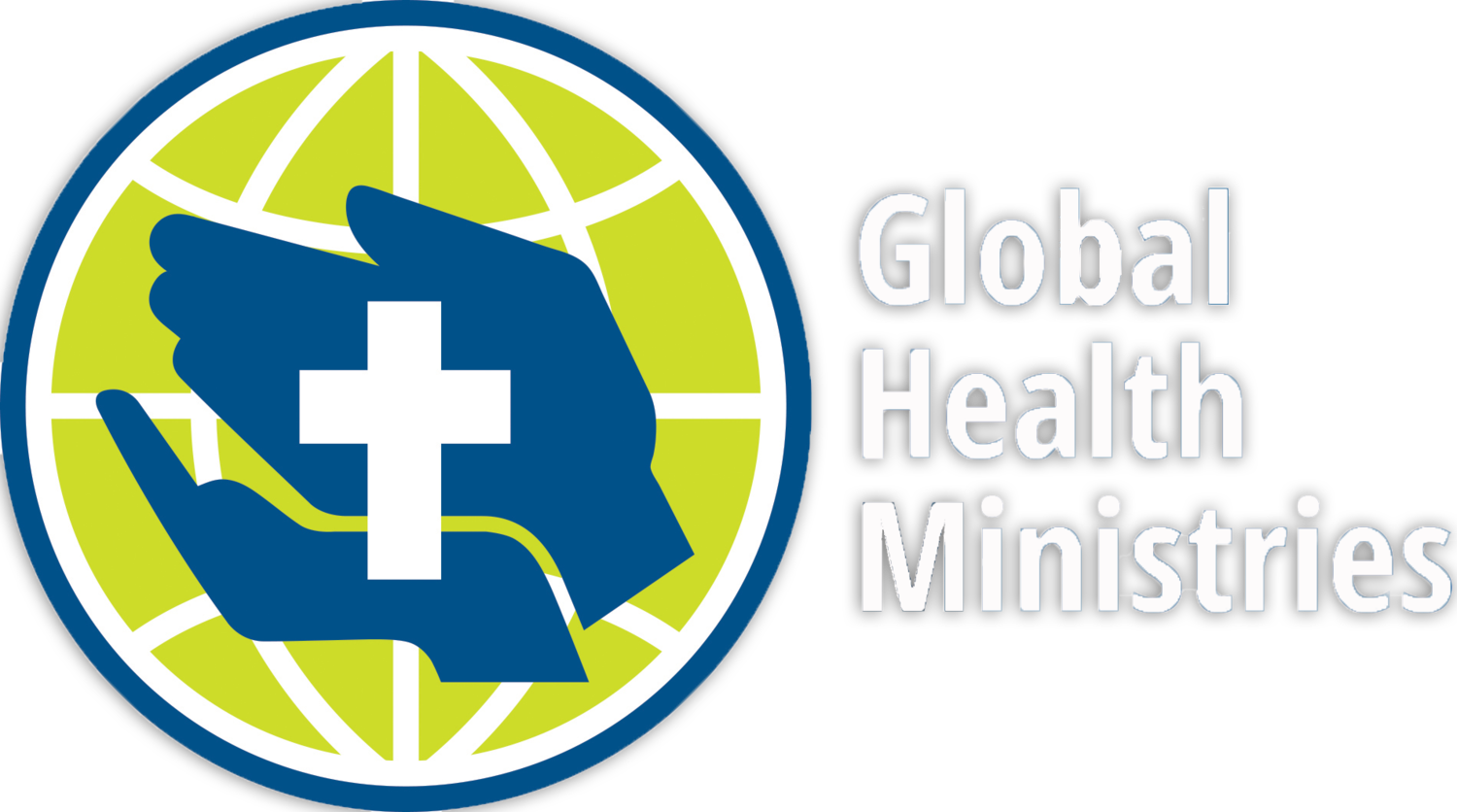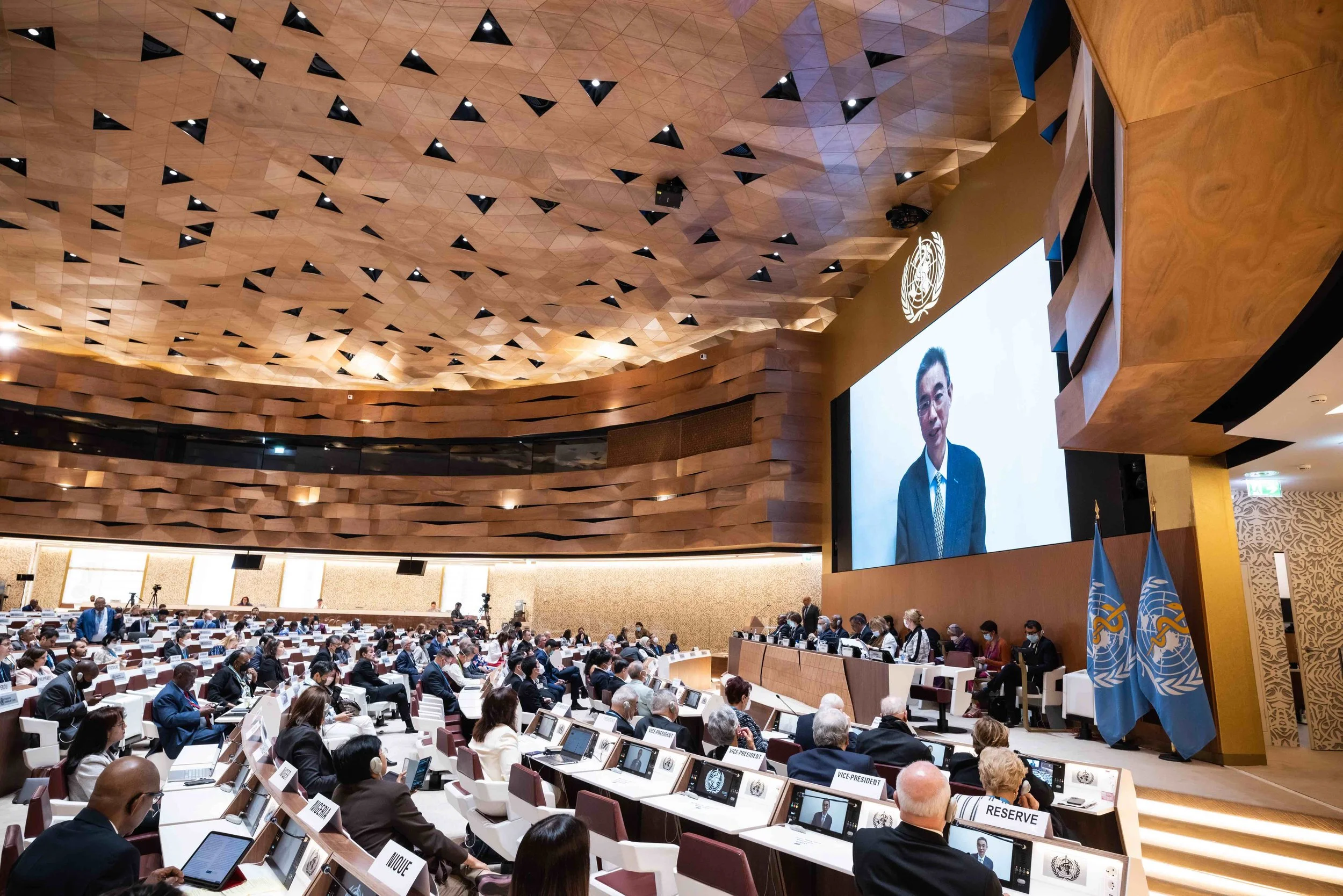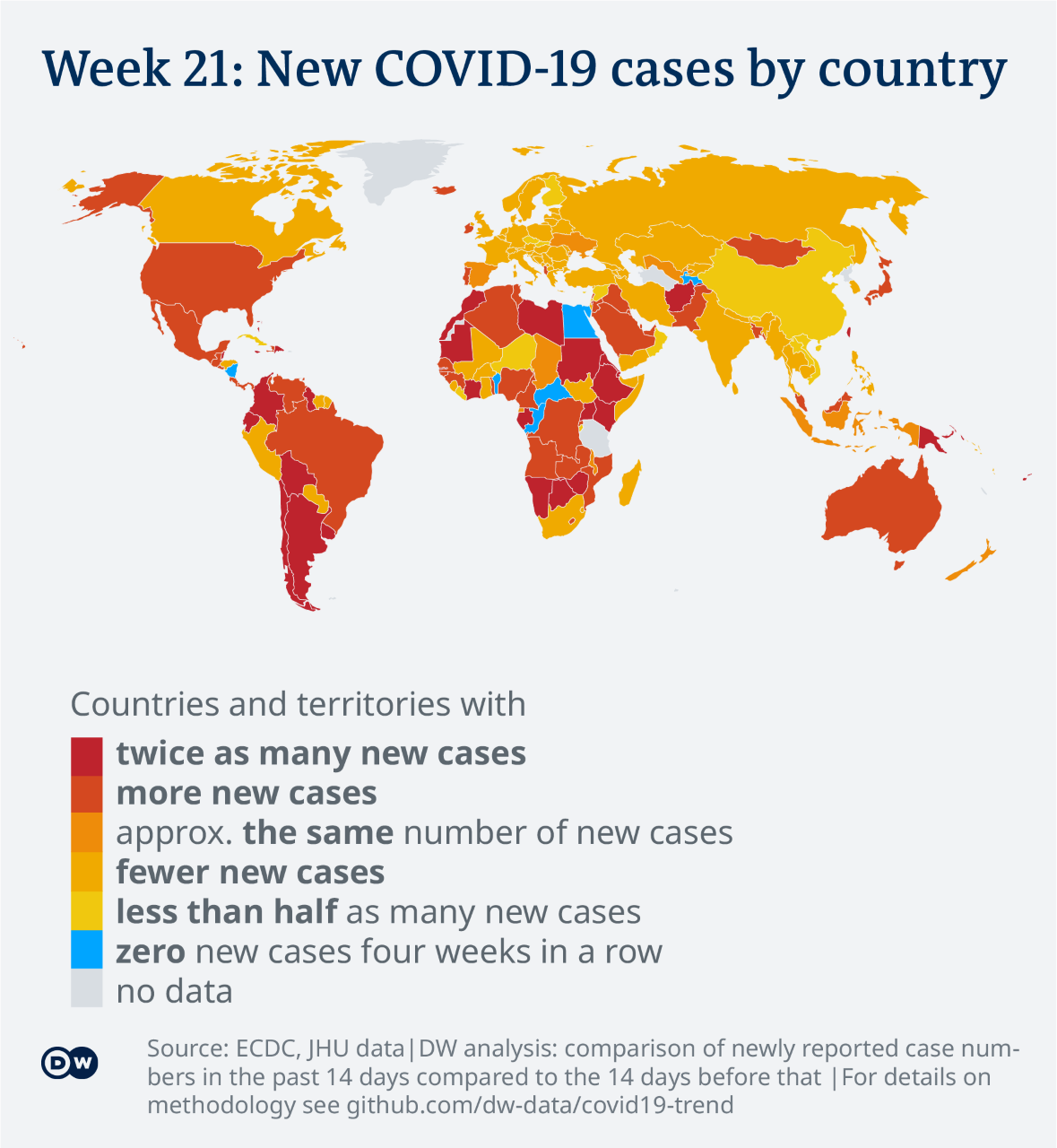Global Health Governance
This is part of a communication series to health leaders in GHM’s partner countries. (sent June 2022)
The 75th World Health Assembly (WHA) met in Geneva, Switzerland May 22-28, 2022, after a two-year hiatus due to COVID-19. The theme for this year’s Assembly was: “Health for peace, peace for health.”
The WHA is the effective decision-making body for the World Health Organization (WHO). The WHO reports that non-communicable diseases (NCDs) account for 71% of all deaths worldwide; 85% of these "premature" deaths occur in low- and middle-income countries. NCDs, also known as chronic diseases, are the result of a combination of genetic, physiological, environmental and behavioral factors.
The big four - cardiovascular disease, cancer, chronic obstructive pulmonary diseases, and diabetes — account for over 80% of all premature NCD deaths and over 75% of the disease burden. Disease burden reflects the impact of a health problem as measured by financial cost, mortality, morbidity, or other indicators. For every 10% increase in NCD mortality, economic growth is reduced by 0.5%. The cumulative output loss due to these four major noncommunicable diseases (together with mental disorders) was estimated in 2010 to be 75% of global GDP.
Triple threat to Global Goals: COVID-19, Conflict & Climate
Pandemics, war (e.g., in Ukraine) and planet warming all increase poverty, and poverty is closely linked with NCDs. The increase in NCDs inhibits poverty reduction initiatives in low-income countries, particularly by increasing household costs associated with health care and reducing income/productivity. Vulnerable and socially disadvantaged people get sicker and die sooner than people of higher social positions, particularly because they are at greater risk of being exposed to harmful products, such as tobacco, or unhealthy dietary practices, and have limited access to health services.
NCDs threaten progress towards the 2030 Agenda for Sustainable Development, particularly SDG Target 3.4: reduce by one-third premature deaths from NCDs by 2030.
Although NCDs are responsible for over 7 out of 10 deaths globally, only 1-2% of total health development assistance is allocated to NCDs. Clearly, increasing the overall share of global financing dedicated to NCDs is fundamental to progress. One promising feature of WHA 75’s agenda is its pledge to “meaningfully involve people living with NCDs, … in order to better understand their health needs.”
At the WHA meeting, member states identified primary health care as a means to better deliver services that can help prevent and reduce the burden of noncommunicable diseases on health systems.
“Focus on primary care will ensure the delivery of appropriate care that is people-centered, life stage-responsive, and setting-specific. Alignment of (the Global Action Plan for the Prevention and Control of Noncommunicable Diseases*) with these strategies will help member states ensure responsiveness, timeliness and efficiency of the universal health care programs and services.”
*According to the WHO Global Action Plan for NCDs, the cost to all countries of inaction far outweighs the cost of taking action on noncommunicable diseases: the return on investment for the Global Action Plan was estimated to be about 50:1 - WHO Global Action Plan for NCDs: https://www.who.int/publications/i/item/9789241506236
Lessons for Global Health Leaders
Leaders create action plans – how can you act locally to align globally?
Leaders allocate resources to align with their action plans – how well does your budget reflect your values, optimizing prevention and care?
Leaders model healthy behaviors – how do you and your team demonstrate and support healthy behaviors?
Non-Covid-19 infectious disease – As of May 31, 2022, more than 550 cases of Monkeypox have been reported in 30 countries. Monkeypox is a viral disease with symptoms similar to smallpox but clinically less severe (WHO). At this point, experts indicate the outbreak warrants concern but not panic.
Update on the Race Between the Virus, Vaccinations…and Variants
According to the UK Health Security Agency (UKHSA), a new variant “XE” is a combination of BA.1 and BA.2. So far it. Is reported to be more infectious than BA.1, but doesn’t seem to cause more serious disease.
Vaccinations – According to the Bloomberg COVID-19 Vaccine Tracker as of 31 May, 2022:
A shot in the arm: Over 11.9 Billion doses have been given in 184 countries.
Countries: Globally, 151 doses have been given for every 100 people.
Effectiveness: During the omicron wave, vaccination with a booster reduced the chance of hospitalization and death by more than 90% (Bloomberg tracker).
Virus – Globally, according to the JohnsHopkins COVID-19 Tracker as of 31 May, 2022, the reported COVID-19 infection count is:
6.29 million deaths – for reference, the population of GHM partner country El Salvador is ~6.5M; Reality? - A study by the Economist using machine learning estimated as many as 17 million people world-wide, about three times the reported number, had died of Covid-19;
Nearly 530 million COVID-19 cases have been reported – while experts concur that the actual number of people infected is a multiple of this reported number, it is still the size of the population of the United States and Nigeria, the #3 and #7 countries by population, combined.




